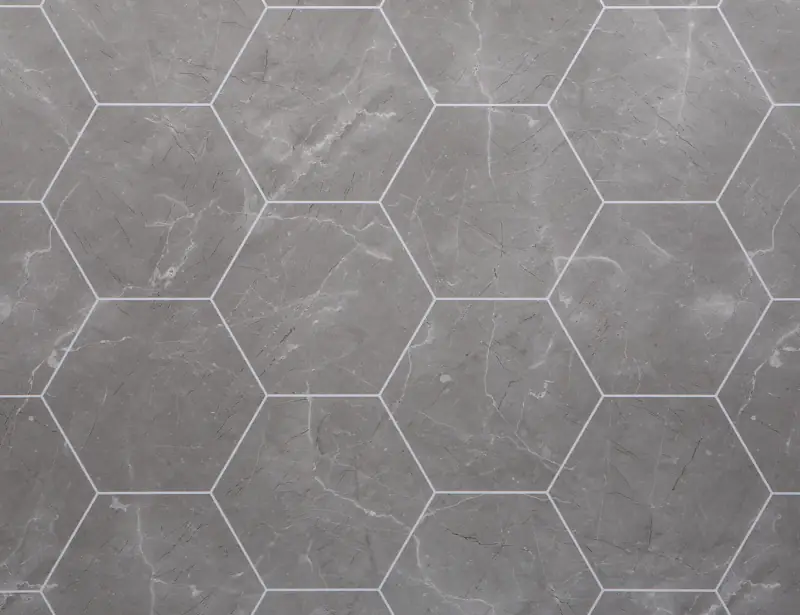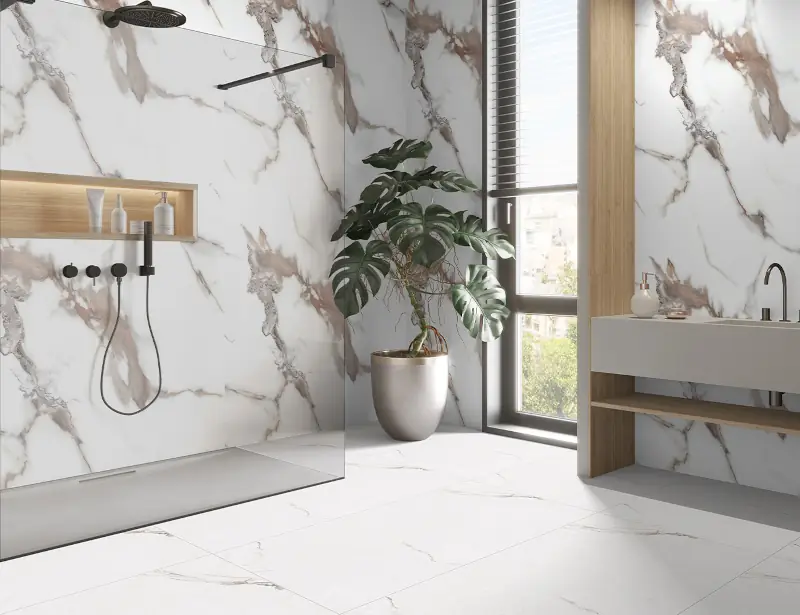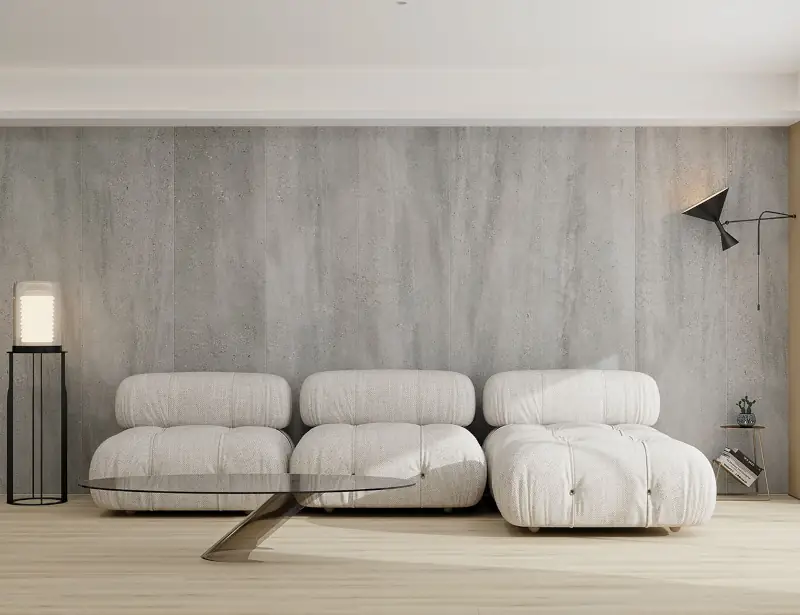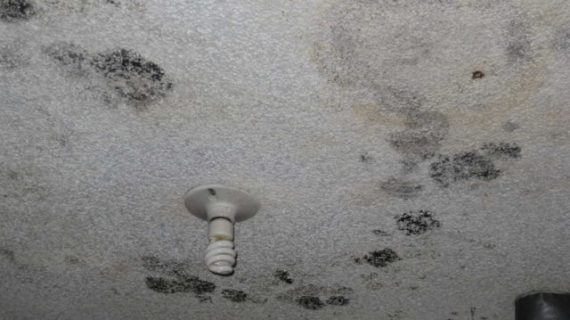Ceiling Panels, How to redesign your bathroom, Tips for landlords
My Bathroom Ceiling Has Black Mould Growing on It – What Should I Do?
Finding mould on the bathroom ceiling is an issue many of us come across, especially during colder months or in homes with poor ventilation. It tends to start as a few small black spots and can quickly spread across the surface, becoming a bigger concern the longer it’s left untreated.
In our experience, black mould on the bathroom ceiling is usually caused by excess moisture and poor air circulation. Steam from daily showers, combined with inadequate extraction, creates the perfect environment for mould spores to grow. And while it can look unsightly, it also presents potential health concerns, particularly for those with asthma or respiratory conditions.
It’s worth knowing that prevention is just as important as treatment. Our customers often ask how to both clean mould effectively and stop it coming back, which is where waterproof ceiling panels come into their own. They’re simple to install, easy to clean and don’t absorb moisture like paint or plaster might.
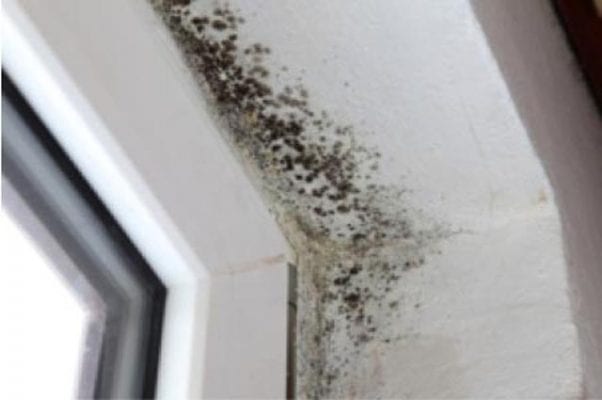
What causes mould on bathroom ceilings?
Bathrooms generate a lot of humidity. Without good ventilation, this moisture has nowhere to escape, so it clings to surfaces and provides the perfect breeding ground for mould. Older ceiling materials, like plasterboard, can be especially prone to this problem if they’ve been previously damaged by leaks or condensation.
Is black mould on a bathroom ceiling dangerous?
Prolonged exposure to black mould isn’t ideal. According to the NHS, it can cause respiratory irritation and worsen existing conditions like asthma. This makes it important to address the problem promptly and choose ceiling materials that help prevent future outbreaks.
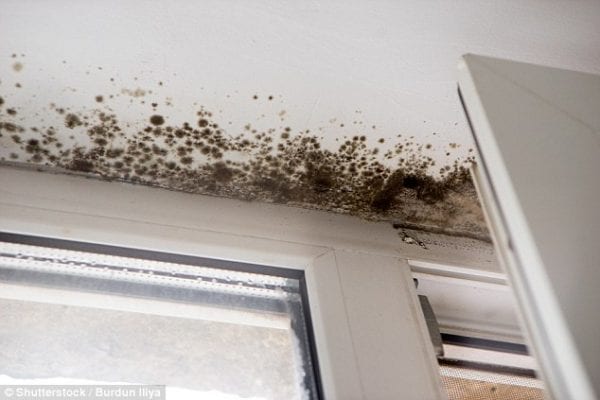
The best way to remove mould from your bathroom ceiling
We always recommend wearing gloves and a mask when dealing with mould. Use a diluted bleach solution or a dedicated mould remover, then scrub the area thoroughly. Once dry, consider repainting with anti-mould paint or, better yet, installing PVC ceiling panels that won’t absorb moisture.
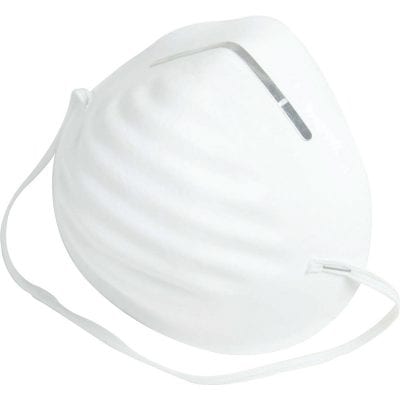
Preventing damp on your bathroom ceiling in future
To stop the mould from returning, improve airflow with a good extractor fan and avoid drying clothes in your bathroom. Replacing paint or plaster with waterproof panels can help long term. Many of our customers have switched to PVC ceiling panels for exactly this reason, and the difference in upkeep has been noticeable.

